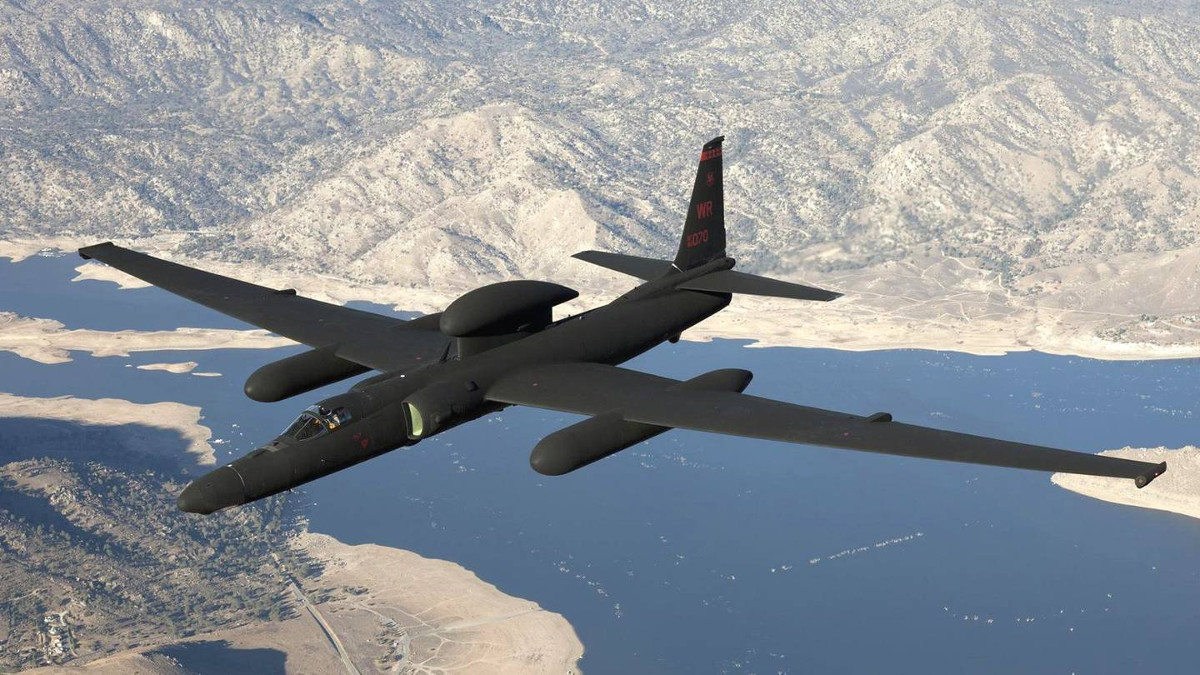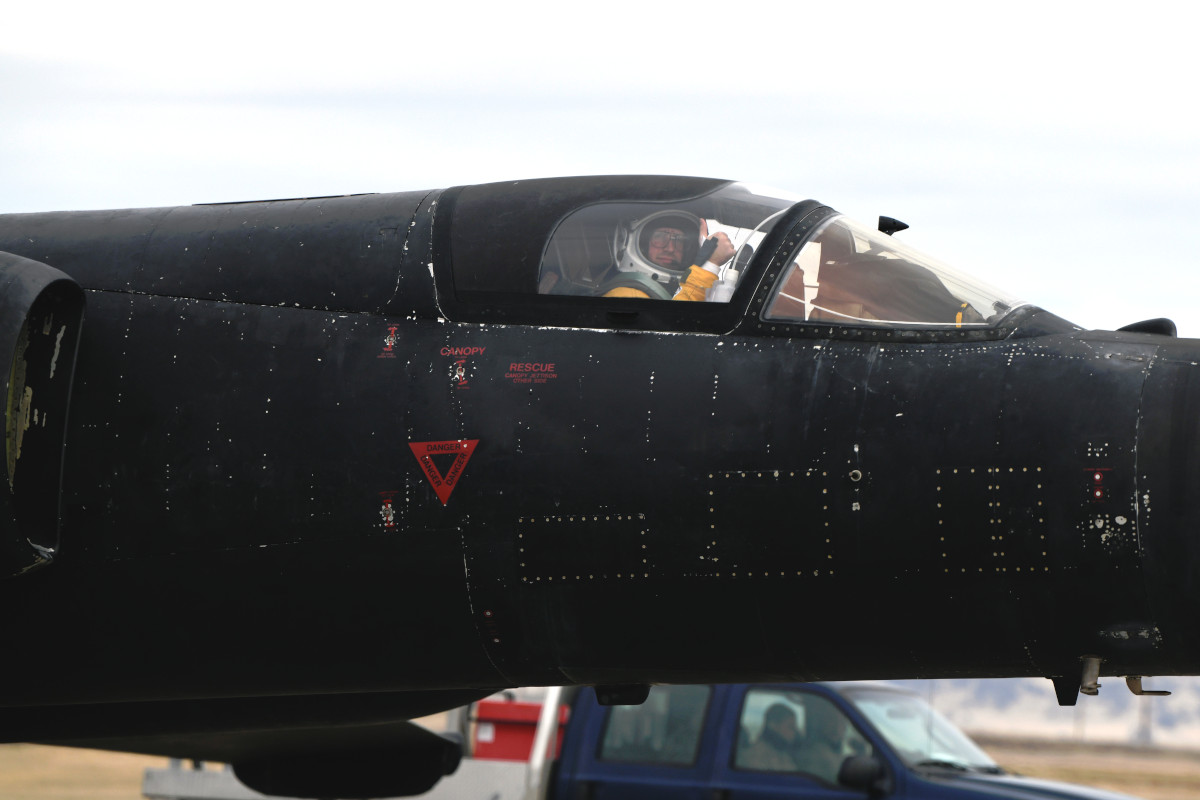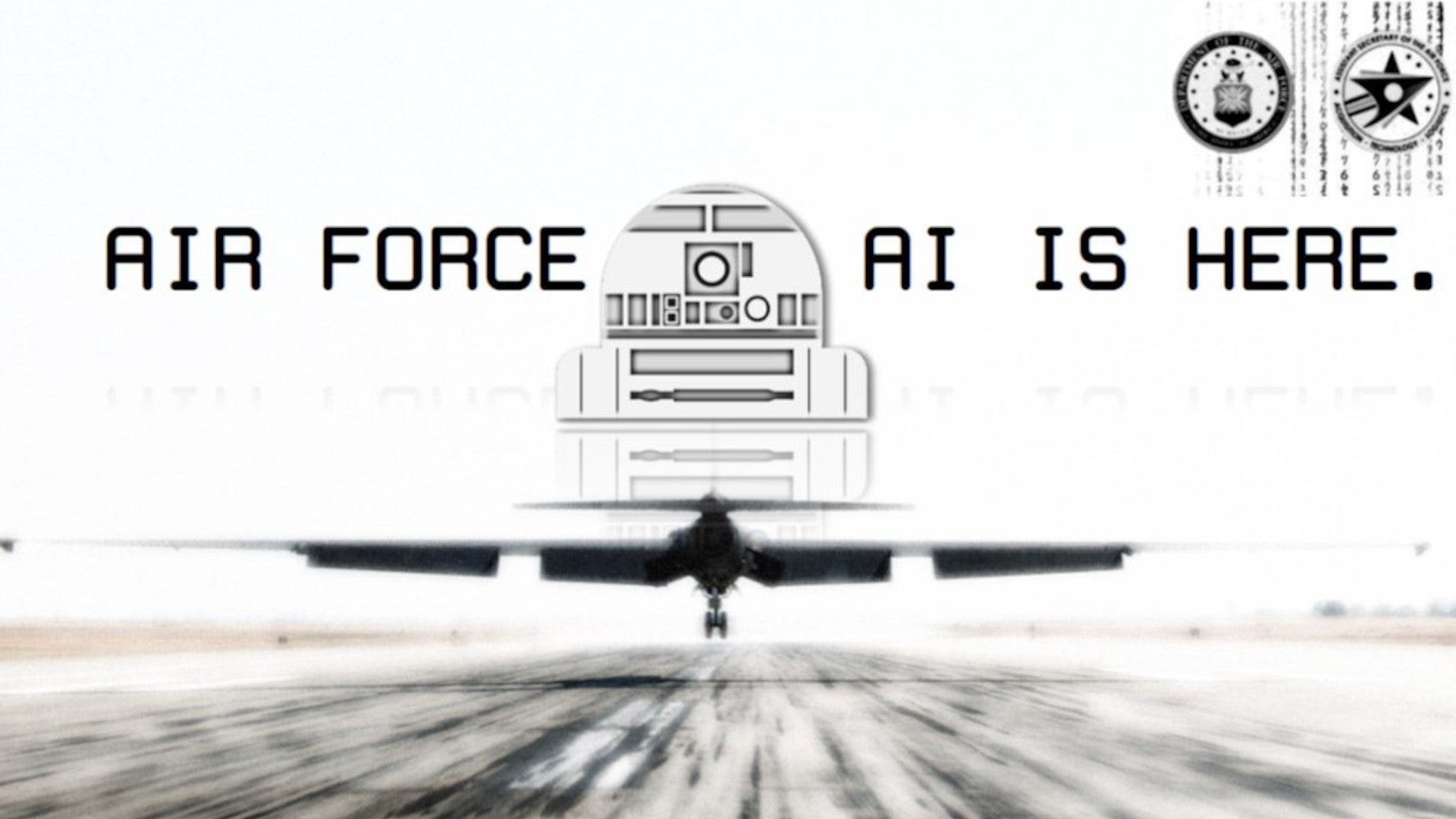Artificial intelligence-driven algorithms controlled sensor and navigation systems on a U.S. Air Force U-2S Dragon Lady spy plane in a flight test yesterday. The service says that this is the first time that artificial intelligence has been “safely” put in charge of any U.S. military system and appears to be the first time it has been utilized on a military aircraft anywhere in the world, at least publicly.
The test, which took place on Dec. 15, 2020, involved a U-2S from the 9th Reconnaissance Wing at Beale Air Force Base in California. The Air Force has dubbed the artificial intelligence (AI) software package as ARTUµ, the latest in a string of references to the iconic droid from the Star Wars universe, who serves as a sort of robotic flight engineer and navigator, in recent Air Force projects having to do with developments in AI and autonomous flight.

“ARTUµ’s groundbreaking flight culminates our three-year journey to becoming a digital force,” Will Roper, Assistant Secretary of the Air Force for Acquisition, Technology, and Logistics, an outspoken advocate of incorporating this kind of technology across the service, said in a statement. “Putting AI safely in command of a U.S. military system for the first time ushers in a new age of human-machine teaming and algorithmic competition. Failing to realize AI’s full potential will mean ceding decision advantage to our adversaries.”
Roper also confirmed the details of the test in a Tweet today. He has been teasing the disclosure of a major Air Force development related in some way to the U-2 since Dec. 6.
“Call sign ‘Artuμ,’ we modified world-leading μZero gaming algorithms to operate the U-2’s radar,” Roper wrote in his Tweet about the test. “This first AI copilot even served as mission commander on its seminal training flight!”
The μZero algorithm has been used by computers to play chess, Go, and video games in the past, “without prior knowledge of their rules,” Roper further explained in a piece he wrote for Popular Mechanics about this test. The U-2 Federal Laboratory helped integrate the modified ARTUμ version of this software package onto the U-2S aircraft.
In Popular Mechanics, Roper described yesterday’s flight test as follows:
Our demo flew a reconnaissance mission during a simulated missile strike at Beale Air Force Base on Tuesday. ARTUµ searched for enemy launchers while our pilot searched for threatening aircraft, both sharing the U-2’s radar. With no pilot override, ARTUµ made final calls on devoting the radar to missile hunting versus self-protection. Luke Skywalker certainly never took such orders from his X-Wing sidekick!
…
Like a breaker box for code, the U-2 gave ARTUµ complete radar control while “switching off” access to other subsystems. Had the scenario been navigating an asteroid field—or more likely field of enemy radars—those “on-off” switches could adjust. The design allows operators to choose what AI won’t do to accept the operational risk of what it will. Creating this software breaker box—instead of Pandora’s—has been an Air Force journey of more than a few parsecs.
It’s not clear what radar Roper was referring to, as a traditional air search radar is not among the U-2S’ typical payloads, though versions of the aircraft have carried them in tests in the past. It is possible that the latest iterations of the Advanced Synthetic Aperture Radar System-2 (ASARS-2) radar imaging system, which Dragon Ladies routinely carry and features two sideways-looking electronically-scanned array radar antennas on either side of a specially designed nose module, could be used to search for aerial threats. U-2s also regularly carry powerful signals and electronic intelligence payloads that can detect, categorize, and geolocate various emitters, including those from hostile radars. It’s defensive electronic warfare suite is also among the most capable in the world.
It’s also worth noting that the Air Force has been using the U-2S as a platform to test a wide array of advanced software developments in recent months. In October, the service disclosed that it had used a new software package that allowed a Dragon Lady to update its mission systems in flight for the first time ever, something you read about more in this previous War Zone story. At the time, Roper said that this included the addition of new target recognition algorithms onto the aircraft. It’s unclear if that code is in any way related to what was employed in this latest flight test.

In addition, just this week, Lockheed Martin announced that U-2S had established a link with computers on the ground to use that offbroad processing power to help run its sensor systems. You can read more about that distributed computing flight test, in this recent War Zone piece.
“[The AI’s] role was very narrow … but, for the tasks the AI was presented with, it performed well,” the pilot of the U-2 in the test yesterday, who the service has only identified by their callsign, Vudu, said, according to The Washington Post. “For the most part I was still very much the pilot in command.”

Still, the delegation of these tasks to an artificial intelligence-driven “copilot,” as Roper referred to ARTUµ, even in a test, represents a significant milestone for the Air Force, as well as the U.S. military as a whole. The Assistant Secretary of the Air Force highlighted how AI will be critical to helping pilots, as well as the operators of various other systems, manage ever-increasing and more complex workloads, and speed up decision-making cycles. At the same time, the humans in the chain will need to be able to trust in their machines to reliably make the right calls or suggest the best courses of action.
There is certainly still much work to be done. Roper says ARTUµ is a “pathfinder” project to help prove out AI’s potential contributions. He added that the development of this initial software package traces its roots back at least three years with the establishment of Detachment 12 of the Air Force Life Cycle Management Center, nicknamed Kessel Run, another Star Wars reference. Kessel Run, which has the motto “Code. Deploy Win.,” was created to craft novel approaches to the development and acquisition of advanced software within the service.
In 2018, the Pentagon set up a Joint Artificial Intelligence Center (JAIC) to help coordinate and oversee AI-related developments across the U.S. military. Even before this flight test, the U.S. Air Force has already been active in space, most notably in the Air Force Research Laboratory’s (AFRL) Skyborg program, which is seeking to create a suite of AI-driven systems that will be able to fly semi-autonomous “loyal wingman” type drones, as well as fully-autonomous unmanned combat air vehicles (UCAV). AFRL is also running a separate project, dubbed R2-D2, to develop an autonomous drone using AI-driven systems that is expected to square off against a human pilot in a fighter jet by 2024.

Earlier this year, an AI algorithm bested a real Air Force pilot in a completely virtual dogfight as part of the Defense Advanced Research Project Agency’s AlphaDogfight Trails. That effort is related to DARPA’s broader Air Combat Evolution (ACE) program, which is exploring how AI could offer various kinds of advanced capabilities in the context of future aerial combat.
DARPA also developed an entire library of AI algorithms relating to the operation of autonomous unmanned aircraft as part of its Collaborative Operations in Denied Environment (CODE) program, which it subsequently transferred to the U.S. Navy. An “autonomy engine” using software developed for CODE was recently used in a separate flight test involving a stealthy General Atomics Avenger drone conducting a mock aerial search mission.
“Like any pilot, Artuμ (even the real R2-D2) has strengths and weaknesses,” Roper wrote on Twitter about this new, historic flight test involving the U-2. “Understanding them to prep both humans and AI for a new era of algorithmic warfare is our next imperative step. We either become sci-fi or become history.”
This flight test of a U-2S with this artificial intelligence-driven software package certainly puts the Air Force one step closer to fielding capabilities that were previously only imaginable in the realm of science fiction.
Contact the author: joe@thedrive.com
